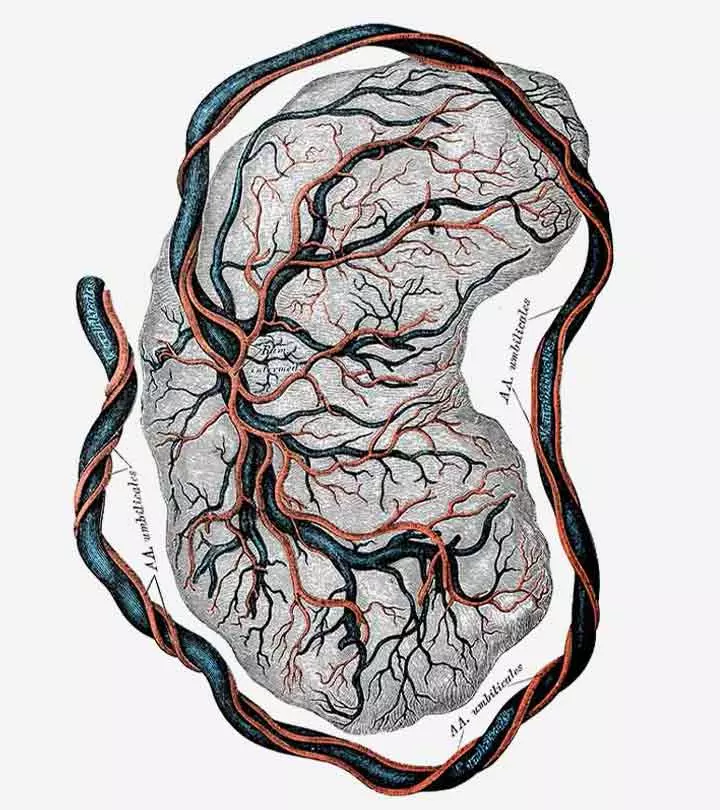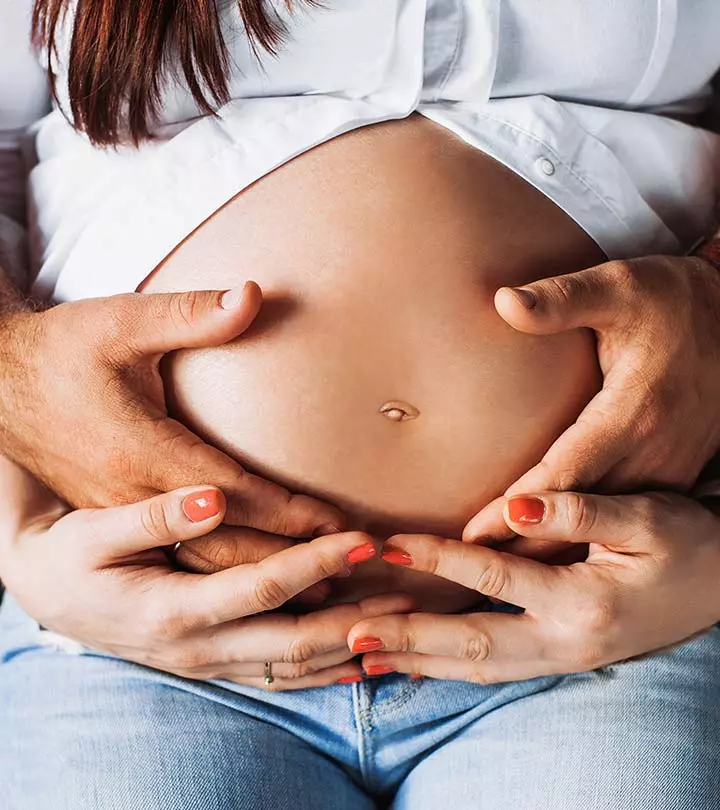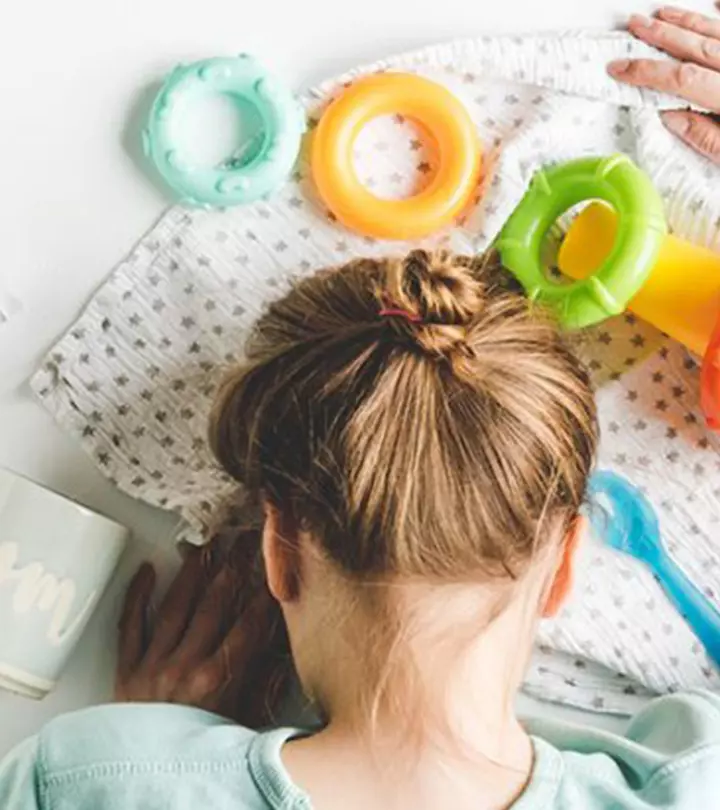

Image: iStock
It might sound bizarre, but in quite a few cultures, women believe in eating their own placenta after birthing! Yes, as it may seem, quite a few women believe that eating their placenta in tiny doses in the form of dehydrated, powered, or pill in the weeks after delivery help them cope with the postpartum hormonal changes and gain a speedy recovery.

However, saving one’s placenta is not legal in many jurisdictions. In the US alone, only three states have legalized saving the placenta. The move came as a big win for women’s rights with Texas becoming the third state to pass a law that allows women the liberty to take their placentas home following delivery.
Texas is the third state besides Oregon and Hawaii in legalizing saving the placenta after childbirth, but in other states of the US taking the placenta home is neither a norm nor is it legalized. In fact, the policies around carrying home the placenta can vary within one given state.
Quite some hospitals consider the placenta as a biohazard or a medical waste that is full of blood and microbes. They might disapprove of mothers taking them home. Other facilities allow the mother to take it home but do not provide assistance in transferring the placenta to anyone. A few birthing facilities might assist in keeping the placenta cool until you are discharged.
If you consider ingesting your placenta, you might want to confirm with your doctor about their policy around it. For the policies to carry it home, the facilities would have to follow a few safety precautions. In fact, quite a few hospitals might require that you produce a court order that enables you to take the placenta home because they regard it as transporting an organ. So you will have to make your arrangements to carry it home. Ideally, it should be carried home within an hour or two and be refrigerated or frozen. One could use self-sealing plastic bags or containers with tight lids that can go into a hospital bag to be carried home. Until it can go home, the placenta can be placed in ice or cooler to minimize bacterial growth.
Before allowing for the placental transport, the hospital will check if the placenta has suffered any damage. The placenta is sent to the pathology lab to ascertain if there were any abnormalities during pregnancy. If it is not a fully-functioning placenta, it would mean that your baby might have developmental delays. This would indicate that you cannot ingest an abnormal placenta.
Also, the hospital would not want to take responsibility for any infectious disease that might ensue from you ingesting the placenta. For instance, Texas’s new law entails that the woman must sign a waiver freeing the hospital from any liability in an event the woman falls ill by eating her placenta. This way the hospital guards its policies while extending the right to all women to save their placenta.
As of now, there is no adequate scientific backing that suggests medical benefits of placental ingestion in the weeks following delivery. It might sound strange (and disgusting to many) that the placenta which provides your baby with oxygen and the necessary nutrients can be of use (consumption) to you after childbirth! While the benefits are yet to be confirmed, placental-ingestion might as well give you a placebo effect. Perhaps those who have been saving the placenta for centuries now as part of their ritual swear by the benefits. Would you want to eat your placenta?
Community Experiences
Join the conversation and become a part of our nurturing community! Share your stories, experiences, and insights to connect with fellow parents.












